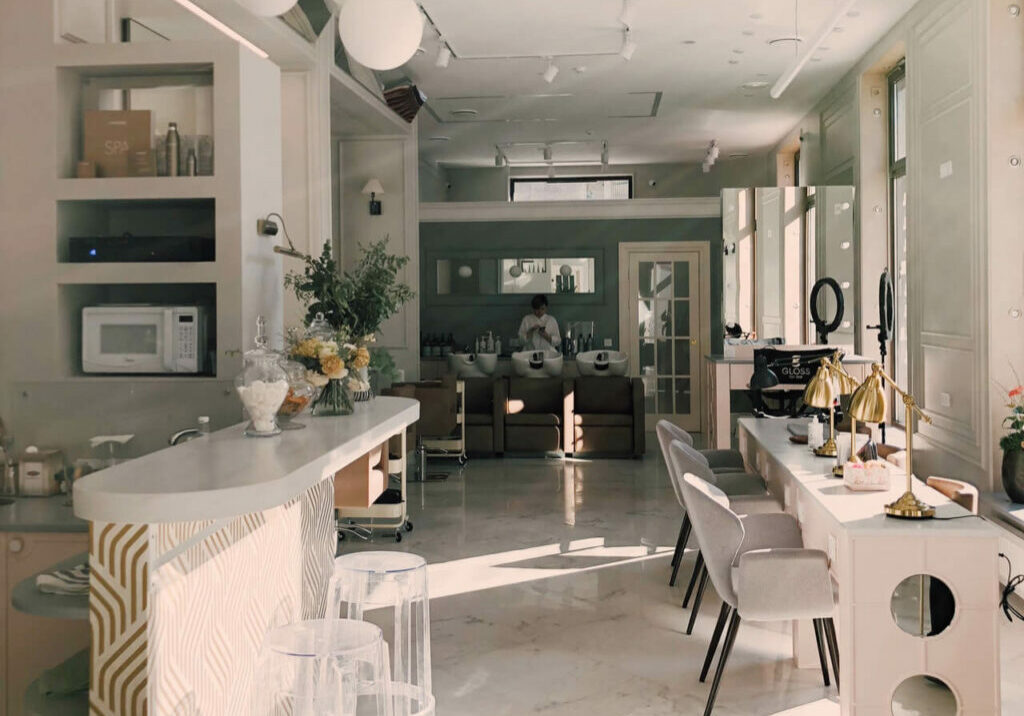When we started, we didn’t include pricing on our website because packages were tailored to clients, now we display prices for our packages, and here’s why.
1) Make sure you attract clients with the right budget.
Everyone that contacts you will ultimately have a budget that they’re trying to stay within, and almost every one of those budgets will be different from another company’s budget. There is no point in having someone fill out your contact form just to find out that you’re over or under their budget in terms of services. We’ve found that having our prices listed on our website has reduced the number of times we’ve had to send an email saying we don’t offer services at that price point, but the number of clients that we sign up every month has not dropped.
Customers may even feel uncomfortable (mentioned by Forbes) when you directly ask them what their budget is because they think you’ll try to sell them the most expensive package that fits within their budget, even if it’s not the one that’ll fit their needs best.
2) It makes research easier for your clients.
When a client is looking for a specific service, whether it be a photographer, a bookkeeper, or a tax consultant, it’s inevitable that they will try to get quotes from a handful of different businesses to compare prices and included features. The good thing about listing your price (or rough estimate) upfront is that clients will easily be able to find pricing information, and they’ll definitely remember that your website was the easiest to use for that reason. There’s no reason to force clients to fill out dozens of contact forms across various websites, just to get a rough idea of pricing.
When it comes time to make the final decision, do you think the client will pick someone who said up front what the price was, or do you think they’ll pick someone that told them “It depends, I’ll get back to you on that.“?
Having prices for your services listed on your website also helps clients rest easy knowing that they’re getting the same price as everyone else, and they aren’t getting overcharged for any reason whatsoever.
3) What if I don’t have fixed prices?
If you don’t have packages set up for people to purchase or view, the next best thing is to display your hours, or at least a rough idea of how you calculate your rate. If your rate depends based on how far you have to drive, as well as hourly on top of that, list out how much you charge per mile and what your hourly rate is. You can even say something as vague as “My interior design rates start at $1,000 per room and depends upon the size of the room, the price of furniture, and other factors“.
At the end of the day, we just want to make life easier for our potential clients, as well as for ourselves. Save yourself the headache of having to answer the same question of “What is your starting rate?” every day.
Do you have questions about best practices for running your business? If you do, feel free to comment down below and we’ll help as best as we can. You can also contact us and we can help you in whatever way we can.



